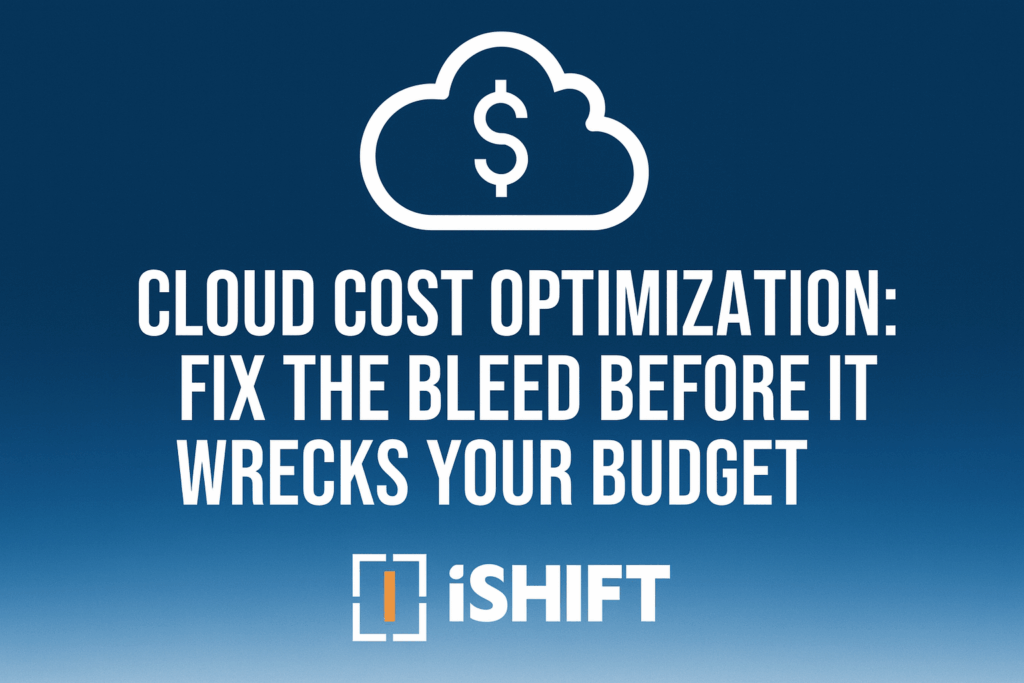Extreme? I don’t think so. If your data is stored in a platform that is not supported, end-of-life, broken, or inaccessible in some way, it might as well be burning to the ground. That’s the reason for this article.
In addition, I wanted to share with you a recent data archiving engagement I had. As a result of applying the iShift archive migration process, I was able to help a client in dire straits recover data from such a system.
Are You Sure You Can Access Your Archives?
I don’t think I need to convince anyone of the importance of data archiving for businesses – from meeting regulatory compliance mandates, to fulfilling discovery requests, and preserving volumes of business intelligence. However, storing your data in a platform that is no longer supported or is broken is a really bad idea.
Let’s consider two common scenarios that could happen to any business.
The Dreaded Order for eDiscovery
Your organization gets sued and is handed an order for ediscovery. You have to produce and turn over email and/or files even if the data has been archived for many years.
Your Legal team requests the data from your IT guys, who will do their best to comply. But what if they find that part or all the data resides in an end-of-life archive system. To make things worse, that archival platform is no longer supported and, to add insult to the injury, it is broken. Getting to the requested information becomes impossible.
I’m not an attorney, so this is not legal advice. But based on my personal broad experience from the field, the likely consequence for organizations unable to meet their discovery orders is they lose the lawsuit.
The Importance of a Viable Archiving Platform
Or let’s look at a different scenario. Maybe it’s not legal discovery. Simply your sales organization needs access to old data for a customer that could make or break a big sale. You know the data is there, but if it’s in a system that’s corrupt and unsupported, chances are you won’t be able to get to it. This is far from an ideal situation.
And so I come to the point of my story. While I cannot mention it by name yet, I know of an enterprise archiving platform that is coming to “end of life” in December 2022. This platform has about 10% of total market share in the archiving space. While that may not sound like a lot, 90% of customers using it are enterprise-class organizations. We are talking Petabytes of data!
The client who approached us for help to access archived data had also used the above-mentioned platform in the past. They had stopped storing archives in it three years ago, but the files they needed for a legal case were there. Their IT department was helpless, so they called us.
iShift Archive Migration Unit
Here is how we were able to help our client. FYI, this organization has a net worth of 19 billion dollars. They also had more than 500 Terabytes of data stored in the system.
We analyzed their system and determined that the archive database was intact. It was the application portion of the archive system that had failed. So we used our archive migration tool to access the data needed for the case. This enabled the legal department to meet their discovery needs in a timely manner. Furthermore, we delivered a roadmap on how we would migrate the remainder of the data and avoid future hurdles.
It is important that you know that you can get to the data in your archiving platform. On average, most records are retained for a period of at least seven years. For larger enterprises, the time frame is considerably longer, and some records are kept forever. As platforms age, the risk of application failure rises. Your organization may have an archiving system that it is no longer using. It may even have been turned off for a couple of years. But that data is there and potentially someone may ask for it to be produced.
Can You Get to Your Archives Today?
Ask yourself (or your IT team) these questions:
- Do you perform regular testing to make sure the old archive system is accessible?
- Can you perform queries or searches on the data?
- Is the archived data outside your published records retention policies?
If you answered “NO” to any of those questions, you should be calling iShift to get help now. We have decades of experience in migrating data from archiving systems on-premises and in the cloud.
To meet our clients’ needs with respect to their archives, we’ve partnered with Transvault, a migration software company with expertise in many platforms. Together, we developed a methodology that allows us to get to your archives even if the application portion of your archive system is no longer functioning. What’s even better is that we can cover just about any archive system and get your data out. Moreover, we can also migrate the data to most cloud platforms in very few steps: directly from the archive platform to the cloud with no in-between hops.
Do not wait for the fire to start, plan now.



